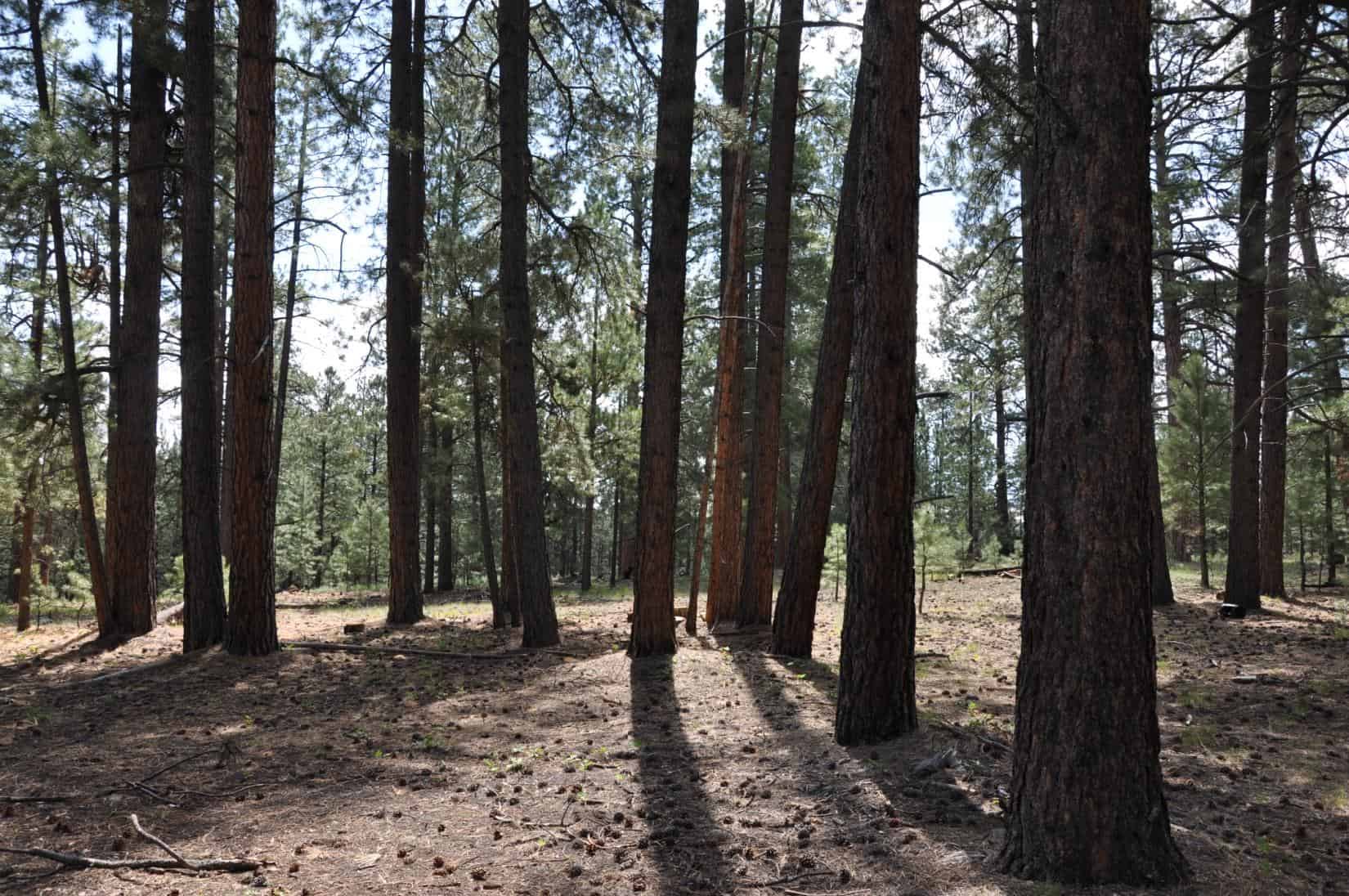Below is an excerpt: Pacific Rivers Council Cert Reply is a link to a legal document I think submitted to the Court by DOJ, the questions that the Justices will consider. Thanks to readers for sending both. Lawyers on the blog are invited to explain more..
If someone has the link, please send and I will update.
The Supreme Court agreed today to review the standing of an environmental group challenging a Forest Service management plan for the Sierra Nevada.
At issue is a 9th U.S. Circuit Court of Appeals ruling for the Pacific Rivers Council that invalidated a regional management plan for 11 national forests covering 11.5 million acres.
The council successfully argued in appeals court that the Forest Service’s 2004 revised environmental impact statement and framework failed to comply with the National Environmental Policy Act for assessing potential damage to fish species.
The case dates back to the mid-1990s, when Congress found habitat in the sprawling Sierra Nevada — home to 61 fish species and 35 amphibian species — had become severely degraded. It directed the Forest Service to develop a new environmental impact statement for the service’s 11 management plans.
After years of delay, the Clinton administration issued a final statement to conserve and repair aquatic ecosystems in November 2001.
The George W. Bush administration re-examined the statement and in January 2004 issued revisions. According to court documents, the new document made significant changes, including “substantially” increasing total acreage to be logged and the size of trees that could be harvested.
It also paved the way for new logging roads and reconstruction of existing roads and reduced grazing restrictions for commercial and recreational livestock.
The Pacific Rivers Council brought a lawsuit in May 2005 contending that the revised framework did not analyze the environmental consequences of those changes and, therefore, did not comply with NEPA for fish and amphibians.
At issue for the court is whether the environmental group has standing to bring the lawsuit: In other words, could the group prove it was harmed by the agency’s action.
The San Francisco-based 9th Circuit in a February 2012 ruling said the group has standing. They “have used, and will continue to use, the national forests of the Sierra in a variety of places and in a variety of ways,” 9th Circuit Judge William Fletcher wrote. The court held that the 2004 framework didn’t comply with NEPA for fish but did for amphibians.
In asking the Supreme Court to take the case, the Forest Service argued that the environmental group failed to meet that bar.
Pacific Rivers Council “has not identified even one project that will adversely affect even one member,” the service wrote in court documents.
The agency also wrote the challenge was “un-ripe” for a lawsuit because it had yet to sign off on a specific project that would threaten the forest’s ecosystem.
Here are the issues:
United States Forest Service v. Pacific Rivers Council, 12-623
Issue: (1) Whether respondent Pacific Rivers Council (PRC) has Article III standing to challenge the Forest Service’s 2004 programmatic amendments to the forest plans governing management of 11 Sierra Nevada Forests when PRC failed to establish that any of its members was imminently threatened with cognizable harm because he or she would come into contact with any parcel of forest affected by the amendments; (2) whether PRC’s challenge to the Forest Service’s programmatic amendments is ripe when PRC failed to identify any site-specific project authorized under the amended plan provisions to which PRC objects; and (3) whether the National Environmental Policy Act required the Forest Service, when adopting the programmatic amendments, to analyze every type of environmental effect that any project ultimately authorized under the amendments throughout the 11 affected forests might have if it was reasonably possible to do so when the programmatic amendments were adopted, even though any future site-specific project would require its own appropriate environmental analysis before going forward.




